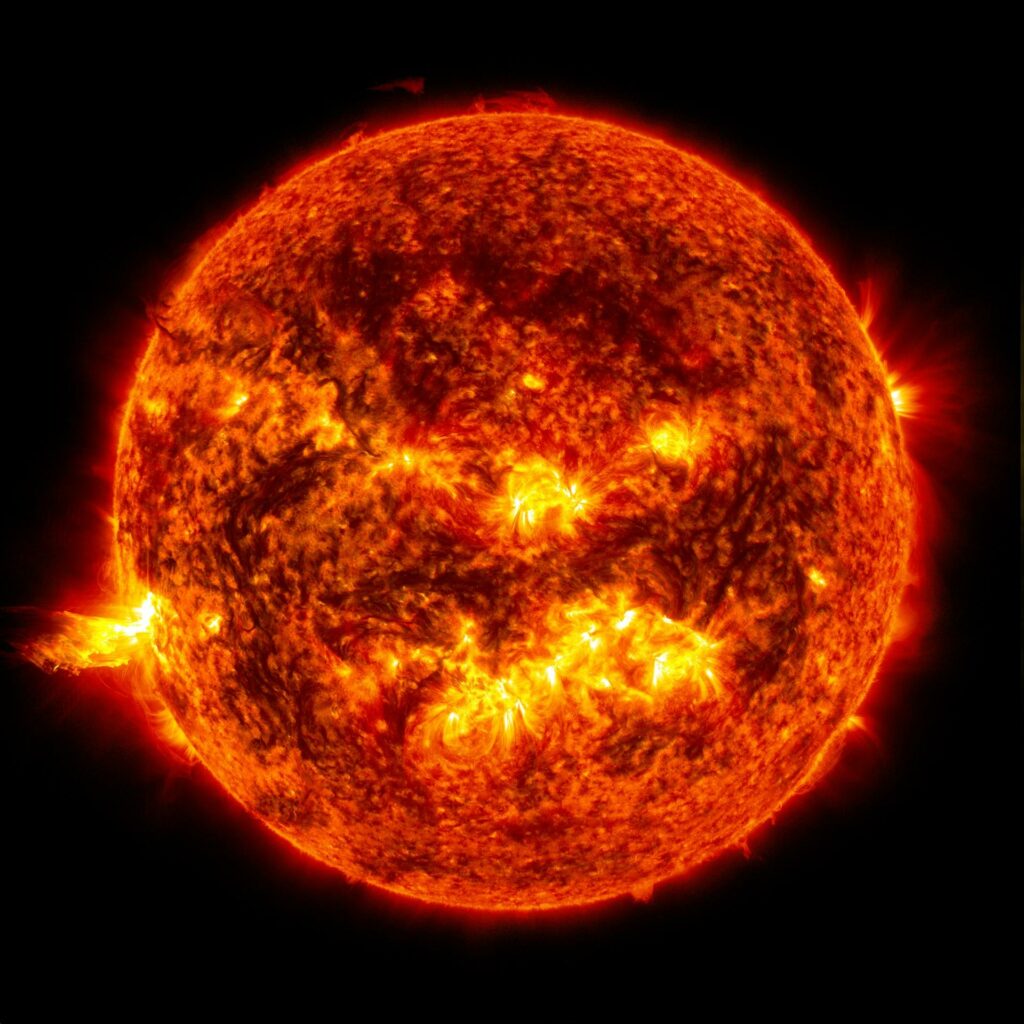“Hello, darkness, my old friend
I’ve come to talk with you again.”
Do you remember the song?
This meaningful masterpiece was born thanks to the genius of Simon and Garfunkel, which consecrated them as poets and musicians. Even though in this song, the “sound of silence” refers to the incapability of human beings to communicate, this image is so powerful that we can broaden its meaning slightly.
Can you think of another completely silent place?
Just set your mind free and think.
The first thing that always comes to my mind is space: its intrinsic incapability of propagating sound waves makes it completely silent.
What is the sound?
In physics, the sound is classified as a pressure wave, which is generated thanks to the compression and decompression of a mean.
Well, the space is void so that no sound can be propagated.
The study of the silence
Even though this conclusion results from hundreds of years of studies, many relevant Intellectuals thought the exact opposite during ancient times: the universe was not silent at all.
The Pythagoreans were the first ones to hypothesize heliocentric theories and thought that during their revolutions around the Sun and rotations around their axis, each celestial body (planets, Sun, or Moon) was making a specific sound. By adding all of them together, a marvelous harmony was created. However, humans couldn’t distinguish this sound anymore because they kept hearing it since they were born.
It is interesting to note that this theory was broadened by Kepler by adding some of his discoveries to it.
Kepler’s second law states:
“A line segment joining a planet and the Sun sweeps out equal areas during equal time intervals.”
Consequently, during their elliptical orbits, planets have different velocities: in particular, at the perihelium, they will move faster, and vice versa at the aphelion. For this reason, he stated that the planets, during their motions, weren’t making only one sound but rather an interval of sounds, where the lowest note of the gap corresponded to the lowest velocity at the aphelion and the highest note was played at the perihelion where the planet velocity achieves its peak.
Helioseismology: a way of detecting acoustic waves.
By observing the Sun at the high spectral resolution, highly regular variations in the velocity are detected thanks to Doppler shifts. These oscillations occur at specific time scales, and analyzing the power spectrum shows that the Sun generates significant power in a particular range of frequencies. Considering the time domain, this latter concept means that the Sun oscillates at some tones, called p-modes. The p-modes are acoustic waves (pressure waves) due to the convective motion that transports energy from the inner layers to the outer ones.
The study of these modes and how they propagate inside the layers of the Sun are the basis for the branch of research called “helioseismology“, which allowed the unveiling of some secrets of the inner and hidden layers of the Sun.

The discoveries
Helioseismology becomes fundamental to studying the angular velocities of the inner layers of the Sun. Starting from the surface of the Sun and going towards the center, the encountered layers are the surface, convective zone, radiative zone, and eventually nucleus.
Even though it was already known that the surface of the Sun doesn’t show a solid body motion, thanks to helioseismology, it was discovered that this behavior also persists inside the inner layers of the convection zones, showing a latitudinal differential rotation (LDR). Moreover, in the convective zone, a variation of the angular velocity at different radii was discovered, exhibiting a radial differential process (RDR)
Whereas it was demonstrated that the outer layers of the radiative zone behave as a solid body, rotating rigidly.
Was Pythagoras right?
The movement of the celestial bodies does not produce the sound, but rather, the convective motion of the matter generates the acoustic waves. Humans cannot hear this melody, but other ways exist to detect It.
Even though the sound doesn’t propagate into the universe, the celestial bodies sing to us; it’s just a matter of finding a way to listen to them.
The sonifications: Music by NASA
The first time I heard them, I was left speechless.
I am speaking about the sonifications made by NASA: I had to mention these since we are talking about space and melody.

From the Hubble detections, the same data that are transformed into visual images are transformed into sound, where each note’s pitch and volume are assigned based on some parameters, such as the position and the brightness.
Not only does this technology create an immersive way of conceiving space, but it also allows visually impaired people to experience and listen to the marvelous harmony of our universe, making space a more inclusive world!
Click on the images to experience some sonifications!







